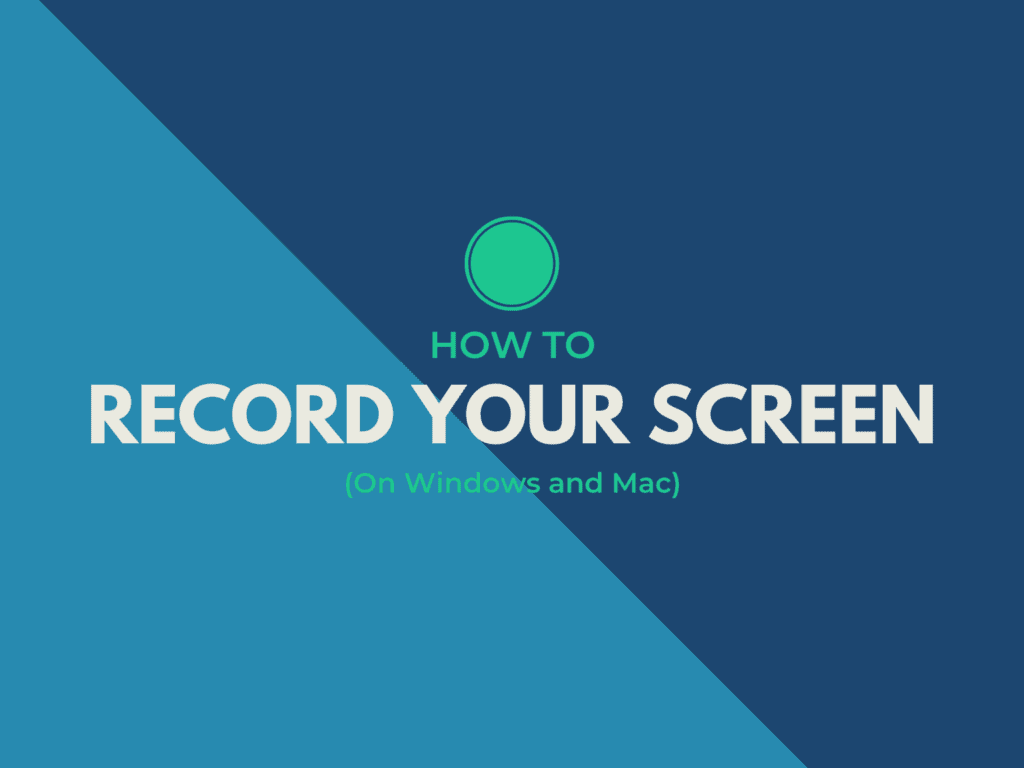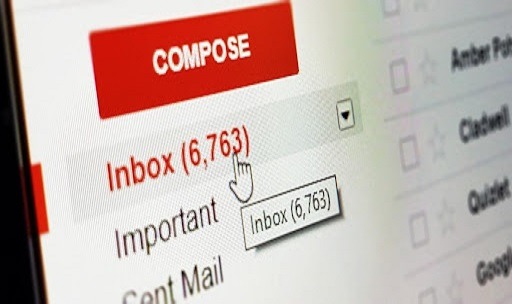How to Record Your Computer Screen: Maybe you want to record your latest project or do a voice-over for an upcoming presentation at your job. If you’ve ever needed to record something on your computer’s screen, you might have wanted an easy or quick way to do so.
But while many computers feature recording hardware like microphones or webcams, software options for easily recording your screen don’t always come standard — that is, unless you know where to find these options and how to use them.
Here’s how to record your computer screen using methods that work best for your recording needs, and with programs you might already have, whether you want to record by using a free program or via a paid app that has professional-level features.

How to record your screen in Windows
If you would rather not download any additional software, there’s a good chance that some of the apps you have laying around can already record your screen, even if that’s not their primary purpose. Here are several apps that you probably have access to right now, and how they can record for you.
How to record your screen in PowerPoint
Didn’t know you could record your screen with PowerPoint? It’s true — the latest versions of PowerPoint include that feature. Here’s how to do it, step-by-step:
Step 1: Head to the Insert tab, and select Screen Recording.
Step 2: Click Select Area to choose the specific area of your screen you want to record. If you want to record the entire screen, press the Windows Key + Shift + F.
Step 3: Click the Record button, or press the Windows key + Shift + R.
Step 4: You can select Pause to pause the video when you want, and Stop to end it and save when you are ready.
Step 5: To save the recording, right-click on the video frame and select Save Media as. Then follow the on-screen prompts to save your recording.
When you’re done you can save the video as a separate file to access or embed as you see fit. Editing and control options are very limited after that, but it’s a great option for quick-and-dirty recording — especially if you’re doing it for a looming presentation. And don’t ignore the video enhancement tools that PowerPoint offers, such as changing the video’s shape, adding a border, and adding visual effects like shadows, glow, and more.
Alternative offline apps for professional work
If you want an enhanced recording experience from an app specifically designed for more professional — and gaming-oriented — clips, then your best bet is to download one of the apps below.
OBS Studio (free)
One of the more advanced freely available screen-recording apps out there, OBS Studio is entirely open source and allows unlimited full-screen recording without watermarks. It has built-in streaming functions for those who want to have a live audience while recording and has great hardware support, so a 60-frames-per-second recording is perfectly feasible.
It is more fully-featured than some freemium apps, and it can take a little longer to set up your personal preferences because of that. However, it’s still the best of the free screen-recording apps out there today.
Snagit is designed more for startups than gamers, with a ton of recording features made for showing off products and creating your own marketing videos, how-to features, vlogs, and so on. If you are planning an elaborate video that includes several types of video and multiple graphics as well as screen recording, Snagit is a great choice for simpler needs. It does cost $50, but if you don’t mind paying for the privilege, the added features are worth it.
How to record your screen on a Mac
MacOS screen recorder
Included with the macOS Mojave update is a feature that allows you to record video of your screen as well as take screenshots with the macOS screen capture tool.
Step 1: Press Command + Shift + 5 to bring up the screenshot toolbar.
Step 2: Decide whether you want to record your whole screen or just a portion of it and click the respective button. If you chose the latter, you will then need to select where you want to record, otherwise, the recording will begin immediately.
Step 3: When you have recorded everything you want to, click the Stop button to halt the recording.
Step 4: As part of this version of macOS, when a screenshot or recording is taken, they appear as a thumbnail in the bottom right-hand corner of the screen. Click it and choose a save location.
QuickTime Player
If you’re running an older version of macOS, you can always use the QuickTime Player for basic screen recording (as well as audio recording). QuickTime recordings aren’t easy to edit in post, but if you want a quick and easy recording method on macOS, it’s one of the simplest.
Step 1: Launch QuickTime.
Step 2: Select File and choose New Screen Recording.
Step 3: To decide whether mouse clicks and sounds appear in your recording or not, click the small, white arrow and select the appropriate options from the drop-down menu. This menu also lets you decide what camera to use if you have multiple cam options.
Step 4: When ready, click the red record button.
Step 5: You’ll need to select what you want to record. To record the entire screen, click once anywhere. To record only a portion of it, click and drag a box and then click Start Recording. Windows 10
Step 6: When finished, navigate to the menu bar and click the stop recording button designated by the square symbol. Alternatively, if you have one, tap the appropriate symbol on your Touch Bar. How to Record Your Computer Screen.
Step 7: To save your recording, click File, then Save, and choose an appropriate save location and name for the recording.
Would you like to read more about How to Record Your Computer Screen-related articles? If so, we invite you to take a look at our other tech topics before you leave!












